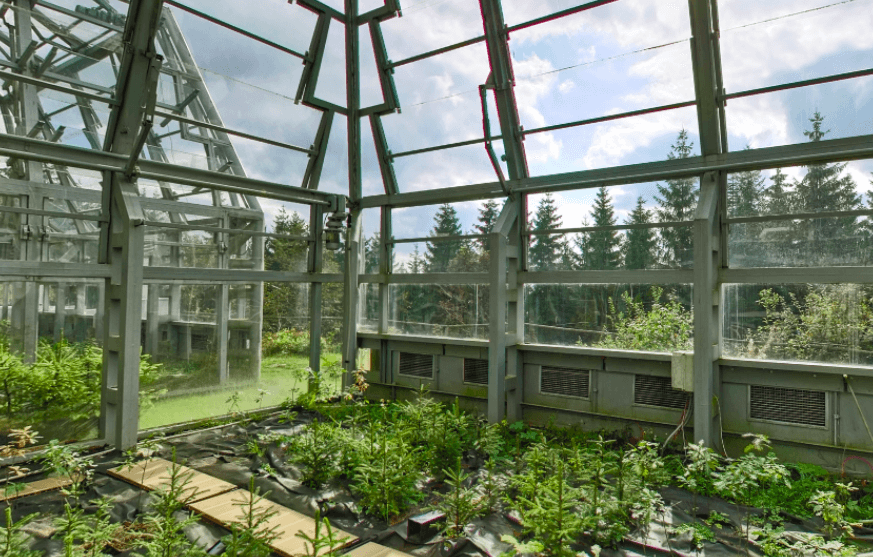prof. RNDr. Petr Dobrovolný, CSc. – head
Scientists:
prof. RNDr. Rudolf Brázdil, DrSc.
Mgr. Kateřina Chromá, Ph.D.
Mgr. Lukáš Dolák, Ph.D.
RNDr. Martin Dubrovský, Ph.D.
Ph.D. students:
Mgr. Zdeněk Janků
Mgr. Jan Řehoř
Intro
Knowledge of the past and recent climate variability and its trends is essential for understanding changes to be expected based on simulations of climate models in the form of future climate change scenarios.
Our research is oriented to climate variability in the Czech Republic and Central Europe in pre-instrumental and instrumental period. We analyze past and present hydrometeorological extremes (e.g. droughts, floods, windstorms etc.), their excerption from various sources, spatial and temporal analysis, impacts; statistical analysis of instrumental meteorological series. Data from various anthropogenic (documentary evidence) and natural (tree rings, phenological observations) archives are collected in a unique database. This database is used to reconstruct climate and to compile the history of hydrometeorological extremes. We also study their impacts on natural ecosystems and society in the Czech Lands during the past millennium. Quantitative climate reconstructions and impacts of past weather and climate are used to evaluate extent and severity of the recent climate change in Central – European context.
Our research focus also on statistical analysis of spatiotemporal variability in observational and model-simulated climate data with emphasis on attribution analysis, detection of nonlinear and chaotic behavior of the climate system as well as on identification of internal climate variability modes and their associated teleconnections. We analyze variability of atmospheric circulation with the aim of its objective classification. On local scale we model urban climate.
Research methods include mainly time series analysis, climate fields construction and analysis, particularly records and reconstructions of temperature, precipitation and drought indices, analysis of their spatial distribution (leading modes), attribution analysis, postprocessing and downscaling of data simulated by dynamical models (both global and regional), study of middle atmospheric dynamics, as well as construction of stochastics weather generators.
Keywords
Climate change, climate variability, attribution analysis, natural and anthropogenic archives, proxy data, historical climatology, paleoclimatology, climate reconstruction, hydrometeorological extremes, statistical weather generators, atmospheric circulation, urban climatology
The department’s main activities are:
- climate reconstruction for the past 500 years based on documentary evidence and instrumental observations
- analysis of hydrometeorological extremes (floods, windstorms, tornadoes, hailstorms) and their impacts during past 500 years based on documentary evidence and instrumental observations
- analysis of droughts during past 500 years from documentary evidence and instrumental observations
- quantitative reconstruction of precipitation/drought based on tree ring widths over the last millennium
- analysis of extreme weather and climate events in Central Europe with an emphasis on the Czech Republic in the last millennium and their comparison with recent climate change
- compilation of the strong wind chronologies in the Czech Republic (1961–2020) based on documentary evidence and instrumental measurements and their analysis
- creation of forest fire database based on documentary evidence and their spatiotemporal variability in the Czech Lands (1310–2020)
- analysis of selected meteorological elements and their climatological characteristics in the instrumental period
- evaluation of relationships between the reconstructed climate and natural climate forcing factors
- development of methods for the description of atmospheric circulation using methods of objective classification and their comparison
- quantification of the relationship between atmospheric circulation and surface climate elements, with an emphasis on temperature and precipitation and on the persistence of circulation modes, as well as description of the temporal variability of this relationship
- description of long-term changes (trends) of a wider range of climate variables in the Czech Republic, including their seasonal dependence
- development of future climate scenarios and development of stochastic weather generators
- estimates of long-term trends in the frequency of occurrence, return periods, and intensity of hydrometeorological extremes using extreme value theory
- description of the typical features of temporal and spatial variability of the urban climate based on special-purpose measurements and urban climate models
Photogallery
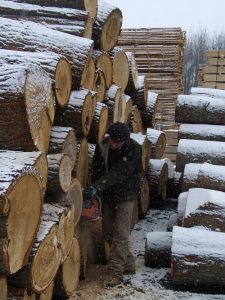
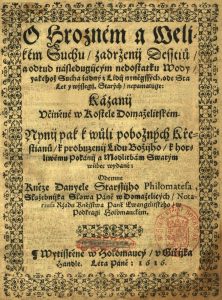
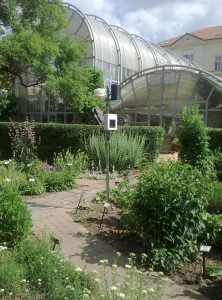
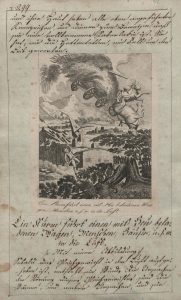
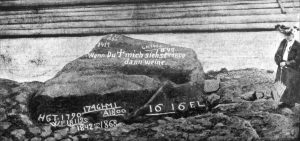
Highlighted publications:
Brázdil, R., Kiss, A., Luterbacher, J., Nash, D., Řezníčková, L. (2018): Documentary data and the study of past droughts: a global state of the art. Climate of the Past, 14, 12, 1915–1960, doi: 10.5194/cp-14-1915-2018
Brázdil, R., Dobrovolný, P., Trnka, M., Řezníčková, L., Dolák, L., Kotyza, O. (2019): Extreme droughts and human responses to them: the Czech Lands in the pre-instrumental period. Climate of the Past, 15, 1, 1–24, doi: 10.5194/cp-15-1-2019
Brázdil, R., Demarée, G. R., Kiss, A., Dobrovolný, P., Chromá, K., Trnka, M., Dolák, L., Řezníčková, L., Zahradníček, P., Limanowka, D., Jourdain, S. (2019): The extreme drought of 1842 in Europe as described by both documentary data and instrumental measurements. Climate of the Past, 15, 1861–1884, doi: 10.5194/cp-15-1861-2019
Brázdil, R., Mikšovský, J., Štěpánek, P., Zahradníček, P., Řezníčková, L., Dobrovolný, P. (2019): Forcings and projections of past and future wind speed over the Czech Republic. Climate Research, 77, 1, 1–21, doi: 10.3354/cr01540
Brázdil, R., Valášek, H., Chromá, K., Dolák, L., Řezníčková, L., Bělínová, M., Valík, A., Zahradníček, P. (2019): The climate in south-east Moravia, Czech Republic, 1803–1830, based on daily weather records kept by the Reverend Šimon Hausner. Climate of the Past, 15, 1205–1222, doi: 10.5194/cp-15-1205-2019
Dobrovolný, P., Rybníček, M., Kolář, T., Brázdil, R., Trnka, M., Büntgen, U. (2018): May–July precipitation reconstruction from oak tree-rings for Bohemia (Czech Republic) since AD 1040. International Journal of Climatology, 38, 4, 1910–1924, doi: 10.1002/joc.5305
Dubrovsky M, Huth R, Dabhi H, Rotach MW (2020) Parametric gridded weather generator for use in present and future climates: focus on spatial temperature characteristics. Theoretical and Applied Climatology 139: 1031–1044.
Geletič, J., Lehnert, M., Dobrovolný, P., Žuvela-Aloise, M. (2019): Spatial modeling of summer extreme climate indices based on Local climate zones; case study Brno, Czech Republic. Climatic Change, 152(3–4), pp. 487–502. doi: 10.1007/s10584-018-2353-5Mikšovský, J., Brázdil, R., Trnka, M., Pišoft, P. (2019): Long-term variability of drought indices in the Czech Lands and effects of external forcings and large-scale climate variability modes. Climate of the Past, 15, 2, 827–847, doi: 10.5194/cp-15-827-2019
Pagé C. Czernecki B. Soares P. Cardoso R. Fischer A. Keller D. Pongrácz R. Bartholy J. Štěpánek P. Bosshard T. Turco M. Zerenner T. Ramos P. Casado M. Raynaud D. Hingray B. Räisänen J. Räty O. Pórtoles J. Ribalaygua J. Dubrovský M. Vrac M. Iturbide M. Manzanas R. Casanueva A. Bedia J. Herrera S. San Martín D. Kotlarski S. Wilcke R. Wibig J. Roessler O. Benestad R. Hertig E. Huth R. Widmann M. Maraun D. Gutiérrez J. (2019) An intercomparison of a large ensemble of statistical downscaling methods over Europe: Results from the VALUE perfect predictor cross-validation experiment. International Journal of Climatology. Vol.: 39 (9), pp. 3750 – 3785
Pokorná, L., Kučerová, M., Huth, R., 2018: Annual cycle of temperature trends in Europe, 1961–2000. Glob. Planet. Change, 170, 146-162.

